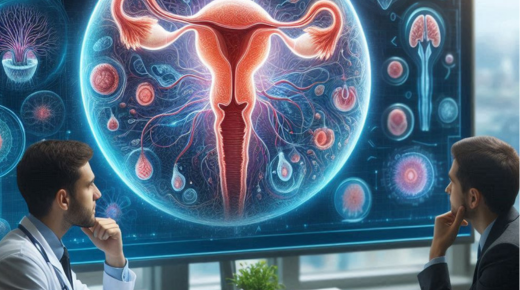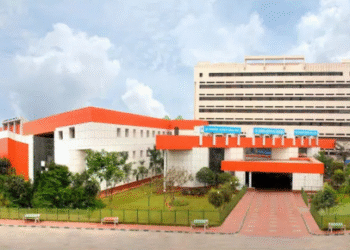
Infertility is a complex issue. It’s like trying to climb the steep slopes of the South Asian Fertility Mountain View. But you’re not alone. I’m here to guide you. We’ll break down this complexity, step by step, making the climb less daunting. Through my perspective as a specialist, we’ll delve into the intricate factors contributing to infertility. Let’s embark on this journey, one step at a time.
What is Infertility?
Infertility is not being able to get pregnant after one year of trying. Or, six months, if a woman is 35 or older. Women who can get pregnant but are unable to stay pregnant may also be infertile.
What Causes Infertility?
Infertility is due to many causes. They include age, stress, poor diet, athletic training, and health problems. These health problems can be with a woman’s reproductive system or with a man’s reproductive system. The Centers for Disease Control and Prevention suggests the following breakdown:
| Causes of Infertility | Percentage |
| Female infertility | 33% |
| Male infertility | 33% |
| Unexplained | 33% |
What Treatment Options Are Available?
Treatment depends on what is causing infertility. It may involve medicine, surgery, artificial insemination, or assisted reproductive technology. Many times these treatments are combined. In 85-90% of cases, infertility is treated with drug therapy or surgical repair of reproductive organs.
What Is Assisted Reproductive Technology?
Assisted reproductive technology includes procedures such as in vitro fertilization (IVF). IVF involves extracting a woman’s eggs, fertilizing the eggs in the laboratory, and then transferring the resulting embryos into the woman’s uterus through the cervix.
Infertility is a challenging mountain to climb. It’s a complex issue with many factors. But it’s not an insurmountable one. And everyone deserves support in their journey. Remember, you’re not alone.
















